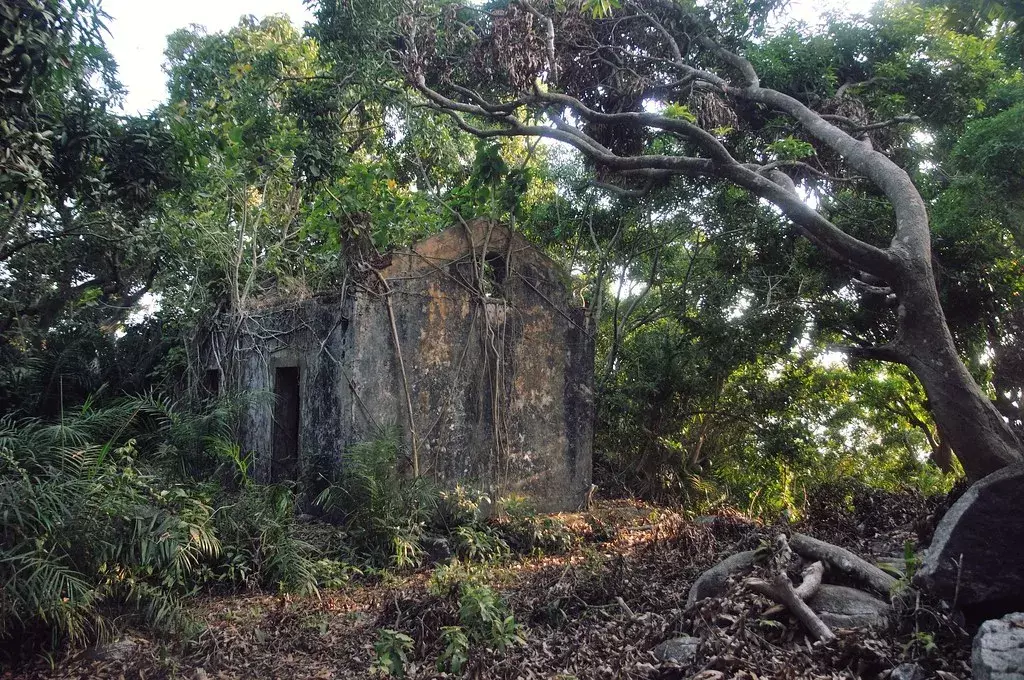Île Tamara

- Île Tamara is one of the stunning islands that make up the Îles de Los archipelago, located off the coast of Conakry, Guinea. Known for its pristine beaches, rugged cliffs, and historical significance, Île Tamara is a captivating destination that offers a mix of natural beauty, adventure, and cultural heritage. The island is a favorite for day trips, eco-tourism, and historical exploration, attracting both locals and international travelers looking to escape the bustling city of Conakry.
- One of the most notable landmarks on Île Tamara is the Tamara Lighthouse (Phare de Tamara), which dates back to the 19th century. Standing tall on the island's highest point, the lighthouse serves as a navigation aid for ships and offers breathtaking panoramic views of the Atlantic Ocean. It is an important historical relic from Guinea’s colonial era, and visitors who make the climb are rewarded with unforgettable vistas of the surrounding seascape and neighboring islands. The lighthouse keepers often share fascinating stories about the island’s past, making the visit both educational and awe-inspiring.
- Beyond its historical significance, Île Tamara is a paradise for nature lovers and adventure seekers. The island is surrounded by crystal-clear waters, making it ideal for swimming, snorkeling, and fishing. The lush vegetation and rocky terrain provide excellent opportunities for hiking and wildlife spotting, with visitors frequently encountering exotic bird species, crabs, and other coastal wildlife. The island’s secluded beaches, with their soft sands and gentle waves, make for perfect spots to relax and enjoy the tranquility of nature.
- Despite its remote charm, Île Tamara remains relatively untouched by mass tourism, preserving its authentic and serene atmosphere. Whether exploring its historical lighthouse, enjoying a beachside picnic, or taking in the stunning ocean views, a visit to Île Tamara promises an unforgettable experience filled with adventure, relaxation, and a deep connection to Guinea’s rich cultural and natural heritage.
